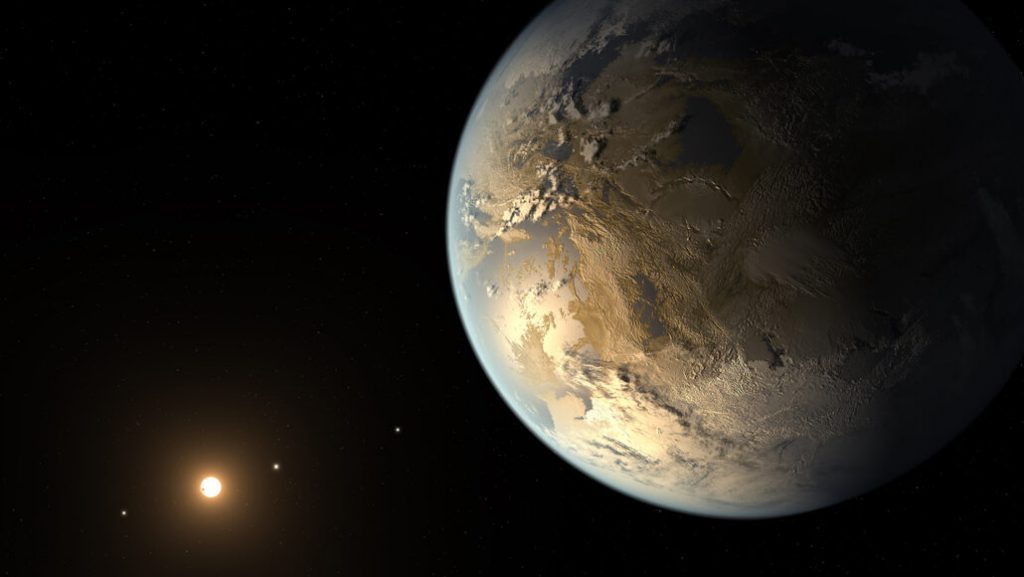
The solar system we see today is seriously different from the one that formed four to five billion years ago. As we talked about a few days ago, trying to understand how solar systems formed is not something we’re really good at yet, and to get a good model that actually matches reality, we’re going to need to give theorists all the data we possibly can to help them out.
While we can’t go back in time and measure the conditions on early planets or sample the stuff the solar system was made of, the solar system did us a favor and set some samples aside to throw our way in modern times. These samples are the meteorites that periodically rain down on Earth and have trapped inside their stony exteriors samples of the gases and liquids — the volatiles — that made up our early solar system.
Researchers collect meteorites, and to get at these volatiles, they grind up and bake meteorite samples. A new study of three different meteorites, presented by Maggie Thompson at the American Astronomical Society meeting, suggests that our early solar system built rocky worlds rich in water and gases like carbon monoxide and dioxide, hydrogen, and hydrogen sulfide. They also found tiny amounts of some complex gases that haven’t yet been identified.
It may seem weird to bake meteorites to see what comes out, but this is pretty much what our Sun did to the early solar system, and that stuff that came out of the still-forming planets — that stuff became early planetary atmospheres. Over time, chemistry, geology — stuff like volcanoes and asteroid impacts — and even life modified planetary atmospheres in ways we can’t quantify. We don’t even know if bacterial or other simple life has existed anywhere except Earth!
Thanks to this and other studies of meteorites, we can see what was in the stuff that made the rocky worlds and start to understand how the atmospheres started. We can see how they ended. And hopefully, someday, science will figure out what happened in between.
More Information
Science News article




 Join the Crew!
Join the Crew!
 Escape Velocity Space News
Escape Velocity Space News
0 Comments